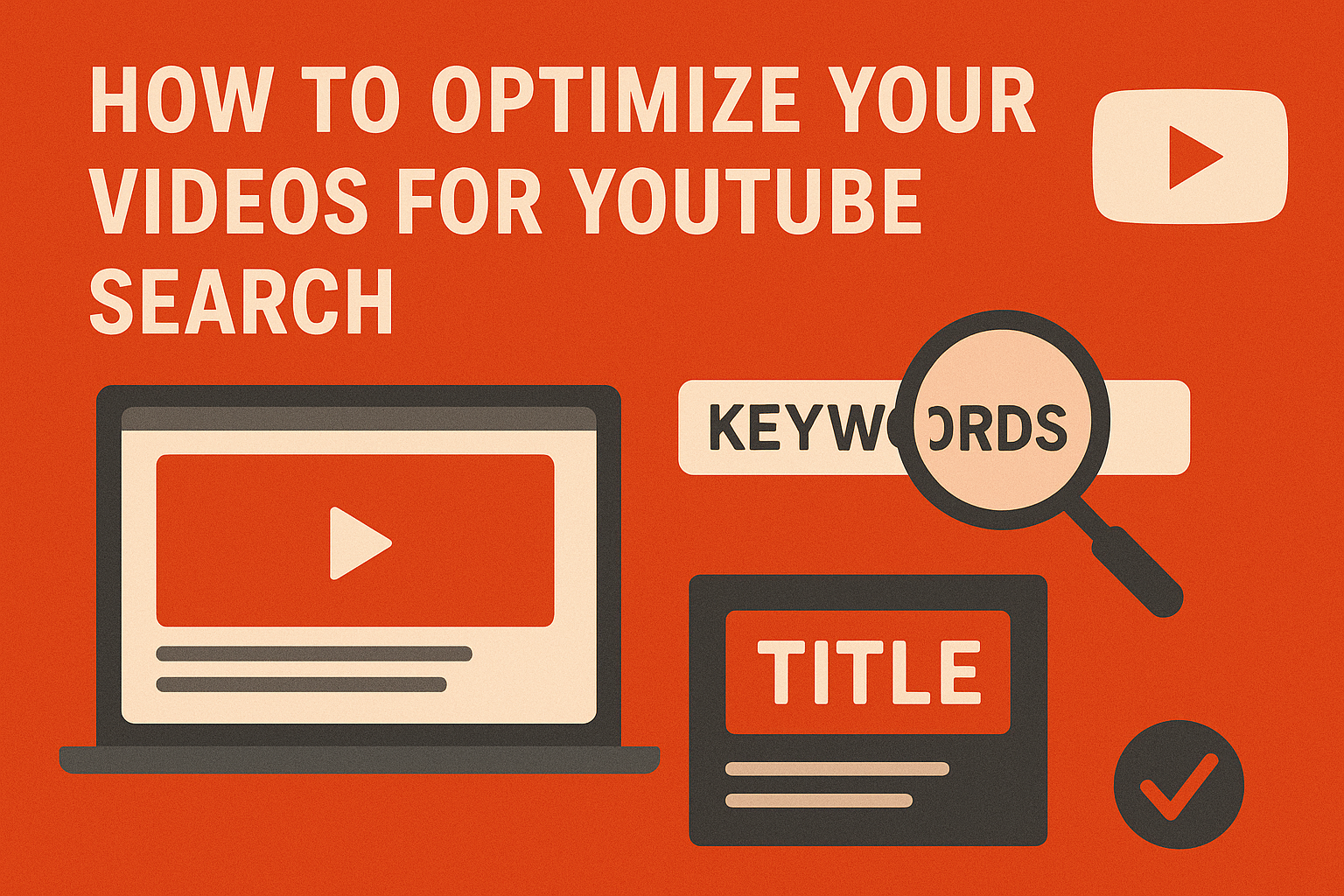YouTube isn’t just a video platform—it’s the second-largest search engine in the world. If your videos aren’t optimized for search, they’re invisible. Whether you’re publishing corporate explainers, thought-leadership content, product walkthroughs, or brand films, YouTube SEO determines whether your audience discovers your content or your competitors’.
Here’s how to make sure your videos not only look great, but rank high.
1. Start With Intent-Based Keyword Research
YouTube SEO begins exactly where Google SEO does: understanding what your audience is searching for.
Use tools like:
- YouTube’s auto-suggest (the easiest starting point)
- Google Trends (switch to “YouTube Search” mode)
- KeywordTool.io (YouTube filter)
- TubeBuddy or VidIQ (creator tools)
Look for:
- High-intent phrases
- Long-tail keywords (“how to…”, “best ways to…”, “2025…”)
- Questions your target audience is already typing
Once chosen, your primary keyword must appear in:
- Title
- Description
- File name (yes, YouTube reads it)
- First spoken lines of the script (helps with auto-captions)
2. Craft Clickable, SEO-Friendly Titles
A strong YouTube title balances keywords + curiosity.
Example formula:
Primary Keyword + Benefit / Hook + Context
Instead of:
“Corporate Video Tips”
Try:
“Corporate Video Tips: How to Make Training Videos Employees Actually Watch”
Aim to stay under 60 characters to avoid truncation.
3. Write a Description That Does the Heavy Lifting
YouTube uses your description to understand context and relevance. Most businesses underuse it.
Your description should:
- Include the main keyword in the first 1–2 sentences
- Add supportive keywords naturally
- Explain what viewers will learn
- Include brand links, CTAs, and timestamps
A strong description is like a mini-landing page: informative, structured, and keyword-rich.
4. Use High-CTR Thumbnails
Thumbnails directly affect ranking. Why?
Because YouTube boosts videos that earn clicks.
Strong thumbnails:
- Use bold, readable text
- Have a clear focal point
- Use contrasting colours
- Show emotion or action if possible
- Avoid clutter
Think of thumbnails as ads for your video—not just a screenshot.
5. Add Tags, But Don’t Overthink Them
Tags don’t boost ranking as much as they once did—but they still help YouTube understand context.
Use:
- Your primary keyword
- Close variations
- Brand name tags (for series consistency)
Keep it relevant; don’t spam tags.
6. Use Chapters and Captions for Better UX (and SEO)
Chapters help viewers navigate and increase retention—both positive ranking signals.
Captions:
- Improve accessibility
- Boost watch time for muted viewers
- Help YouTube understand your content through text
Always upload your own captions instead of relying on auto-generated ones.
7. Encourage Engagement (It Matters More Than You Think)
YouTube’s algorithm loves:
- Likes
- Comments
- Shares
- Watch time
- Click-through rate
- Session duration
Ask viewers to comment with something specific. Engagement signals directly influence ranking.
Final Thought: Great Videos + Great SEO = Growth
Even the best-looking videos disappear without optimization. When your content is strategically optimized for YouTube Search, it becomes discoverable, evergreen, and high-impact.
If you want your corporate videos to not only look professional but also perform, our team can help you build an end-to-end YouTube strategy—from scripting to SEO to analytics



